Beige Screen of Death: Toyota Wants People, Not Computers, Crashing Its Cars

The Toyota Motor Corporation is a little skeptical of the imminency of self-driving vehicles. It plans on continuing production of designs where human operators are saddled with the bulk of the driving responsibilities for years to come.
The automaker is openly dubious that tech-focused companies like Waymo and Tesla are sufficiently far enough along to hint at delivering self-driving cars. However, Toyota’s problem with handing the keys to a computer has as much to do with leaving companies open to litigation and criticism as it does with the technology simply not yet being ready.
North America expects millions of traffic accidents every year, but is much less willing to accept computer-controlled chaos at even a fraction of that scale.
“None of us in the automobile or IT industries are close to achieving true Level 5 autonomy,” said Gill Pratt, CEO of Toyota’a Research Institute, at this year’s CES. “It will take many years of machine learning and many more miles than anyone has logged of both simulated and real-world testing to achieve the perfection required.’’
Pratt’s background makes him an excellent candidate to call bullshit. Previously, Pratt served as the top robotics expert for the Defense Advanced Research Projects Agency (DARPA). Toyota hired him to lead its charge into automotive Artificial Intelligence and autonomous technology. The company spent over a billion dollars establishing its research institute, populating it with the best minds associated with AI and robotic engineering.
Could it be that Toyota is just behind the times? Tesla is already making promises that every new car it makes will have the hardware required for total self-driving capabilities. Google’s car project has transformed into Waymo, and claims its fleet of autonomous Chrysler Pacifica Hybrids is ready to go. Even Uber has tested self-steering Volvos and Fords on public roads.
Toyota says that, for the most part, automakers will focus on what SAE International considers Level 2 autonomy. Anything higher would be nonviable without a lot more testing, it claims.
“It was a surprisingly sober and realistic view of the challenges that autonomous vehicles face,’’ Mike Dovorany, an analyst at The Carlab, told Bloomberg. “I give them kudos.’’
According to Pratt, the safest and most lucrative course of action is to provide Level 2 autonomy where computers have some control over steering, speed, and braking, but require a human operator to maintain control. When the technology is ready, however, Toyota says it may just skip Level 3 and implement Level 4.
The jump would avoid an era of less-trustworthy computer-controlled vehicles. At Level 4, the car can make all driving decisions on approved roadways — likely starting with highways — and hand control back to the fleshy masses in less predictable areas.
[Image: Toyota]

A staunch consumer advocate tracking industry trends and regulation. Before joining TTAC, Matt spent a decade working for marketing and research firms based in NYC. Clients included several of the world’s largest automakers, global tire brands, and aftermarket part suppliers. Dissatisfied with the corporate world and resentful of having to wear suits everyday, he pivoted to writing about cars. Since then, that man has become an ardent supporter of the right-to-repair movement, been interviewed on the auto industry by national radio broadcasts, driven more rental cars than anyone ever should, participated in amateur rallying events, and received the requisite minimum training as sanctioned by the SCCA. Handy with a wrench, Matt grew up surrounded by Detroit auto workers and managed to get a pizza delivery job before he was legally eligible. He later found himself driving box trucks through Manhattan, guaranteeing future sympathy for actual truckers. He continues to conduct research pertaining to the automotive sector as an independent contractor and has since moved back to his native Michigan, closer to where the cars are born. A contrarian, Matt claims to prefer understeer — stating that front and all-wheel drive vehicles cater best to his driving style.
More by Matt Posky
Latest Car Reviews
Read moreLatest Product Reviews
Read moreRecent Comments
- Probert They already have hybrids, but these won't ever be them as they are built on the modular E-GMP skateboard.
- Justin You guys still looking for that sportbak? I just saw one on the Facebook marketplace in Arizona
- 28-Cars-Later I cannot remember what happens now, but there are whiteblocks in this period which develop a "tick" like sound which indicates they are toast (maybe head gasket?). Ten or so years ago I looked at an '03 or '04 S60 (I forget why) and I brought my Volvo indy along to tell me if it was worth my time - it ticked and that's when I learned this. This XC90 is probably worth about $300 as it sits, not kidding, and it will cost you conservatively $2500 for an engine swap (all the ones I see on car-part.com have north of 130K miles starting at $1,100 and that's not including freight to a shop, shop labor, other internals to do such as timing belt while engine out etc).
- 28-Cars-Later Ford reported it lost $132,000 for each of its 10,000 electric vehicles sold in the first quarter of 2024, according to CNN. The sales were down 20 percent from the first quarter of 2023 and would “drag down earnings for the company overall.”The losses include “hundreds of millions being spent on research and development of the next generation of EVs for Ford. Those investments are years away from paying off.” [if they ever are recouped] Ford is the only major carmaker breaking out EV numbers by themselves. But other marques likely suffer similar losses. https://www.zerohedge.com/political/fords-120000-loss-vehicle-shows-california-ev-goals-are-impossible Given these facts, how did Tesla ever produce anything in volume let alone profit?
- AZFelix Let's forego all of this dilly-dallying with autonomous cars and cut right to the chase and the only real solution.



















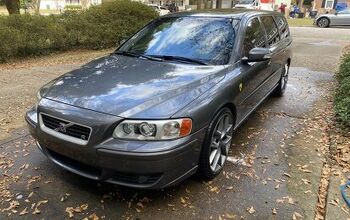
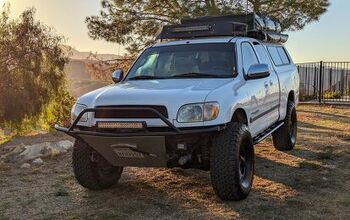
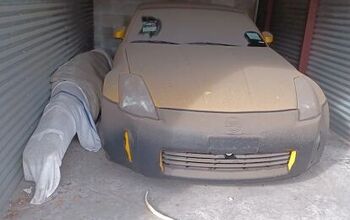
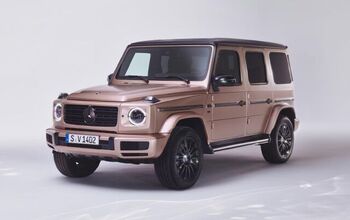
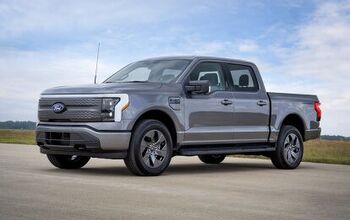
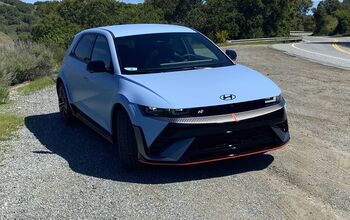
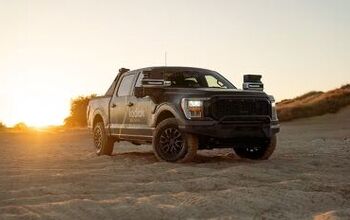

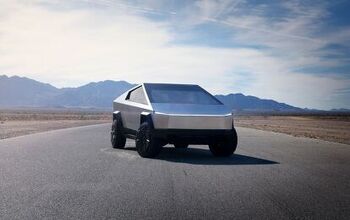
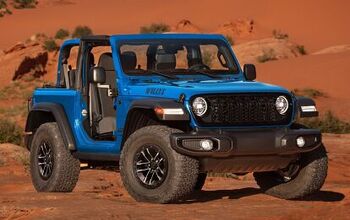
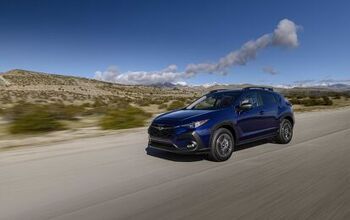
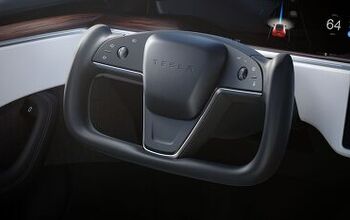
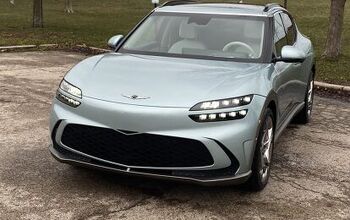
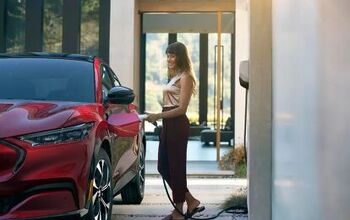
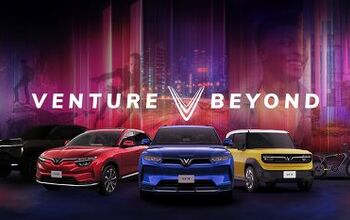
Comments
Join the conversation
I'm seeing more difference in spin / marketing than the substance of the claims. Tesla carefully says new cars will have "the hardware", Alphabet spun off Waymo gaining distance from liability, and TMC said the same things with a spin that downplays the threat to their market. The messages are all massaged to help the parent companies stock though.
Toyotas future crystal ball is a tad cloudy it seems. A decade plus ago they said electrification was poo poo, hybrids were a bridge, and the real answer was hydrogen fuel cell. Now we have Prii with all the charm of a Pontiac Aztek, they broke up with Tesla, no dedicated electric, and their pants are a bit down (yes they have hybrid leadership but Prius sales are in the tank). So they say self-driving cars are meh while the rest of the industry races toward the technology. Toyota is losing its edge, bit by bit.